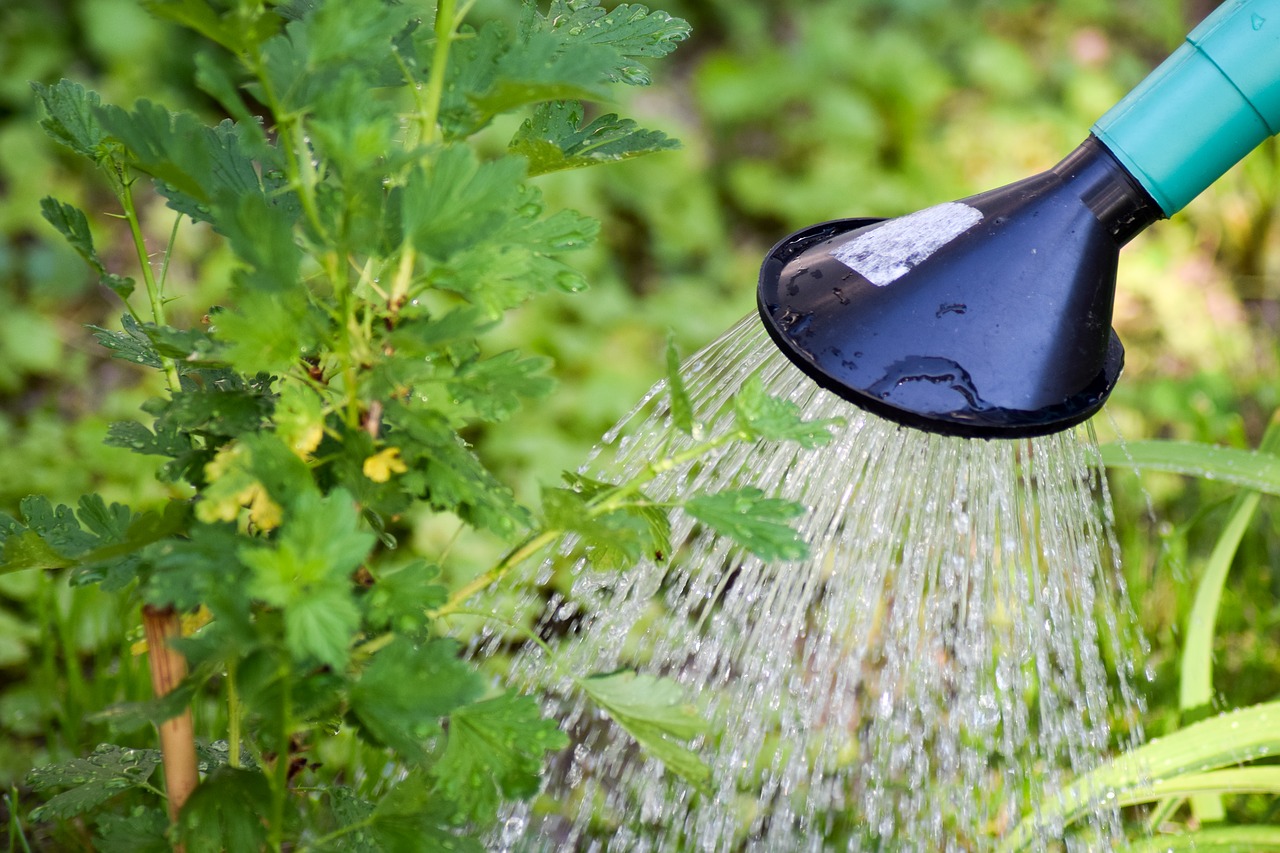6 Ways To Save Water In Your Garden

1. Use the right amount of water
This depends on the soil type. Light sandy soils need watering more often than heavy soils. Clay-based soils can be watered less frequently, but need more water. The Royal Horticultural Society’s rule of thumb is that for plants to keep growing, up to 24 litres per sq metre (5.2 gallons per 10 sq ft) every seven to 10 days is sufficient. That’s about two and a half 10 litre watering cans worth per sq metre.
2. Use the best watering techniques for your plants
3. Collect rainwater and reuse old water
Even if you live in a dry part of the UK, you could collect 24,000 litres (5,280 gallons or 150 water butts) of rainwater from your roof each year. Obviously, not many people can store that much water, but if every household in the country collected even just one water butt’s worth of water a year (160 litres), that’s four billion litres of free water that we all could be using on our gardens.
• It’s simple to collect rainwater: just divert the water from your drainpipe into a water butt or a wheelie bin, using this clever bit of kit.
• Reusing grey water (water from baths, showers, washing machines and washing up) is a good way to use water a second time. You can buy greywater diverters that divert the water from your bath to an irrigation system or a water butt.
• Household soaps and detergents are harmless to plants, but don’t use water containing bleach, disinfectant, dishwasher salt or stronger cleaners, which can harm plants, damage soil structure and could be a health risk.

4. Plant flowers that need less water
Some plants need less water than others to grow; lavender, palms, mimosa and verbena, to name a few. For more ideas, see this list on the Royal Horticultural Society website. This interactive guide to drought-resistant plants for the garden is useful, too.
5. Look after your soil
• Adding organic matter to the soil improves its structure, which helps it to retain moisture.
• Mulching flowerbeds, and around the base of shrubs and trees in spring, prevents moisture from evaporating during dry spells.
• Mulching the surface of hanging baskets traps moisture.
• Add water-retentive granules or gel to compost, or use compost with them already mixed in, to use in hanging baskets and containers.
6. Water at the right time
Many of us over-water our gardens. This is not only wasteful, it means we’re doing more work than we need to. To check if you need to water or not, look at the soil about a spade-deep down. If it’s damp, it’s fine; if it’s dry, it’s time to water. If you have clay soil, it might feel damp whether it’s irrigated or not and sandy soil can feel dry, even if it has water in it. If this is the case, watch your plants and when they start to show signs of water stress – when leaves change position or get darker – note how the soil looks and feels. This way you can get more of an idea of what your soil is like when it has too little water.
Watering the garden before a drought sets in keeps the soil’s moisture levels up and helps prevent a water deficit. You should also water plants in the evening when it’s cooler, to reduce evaporation.
Source: www.theguardian.com


